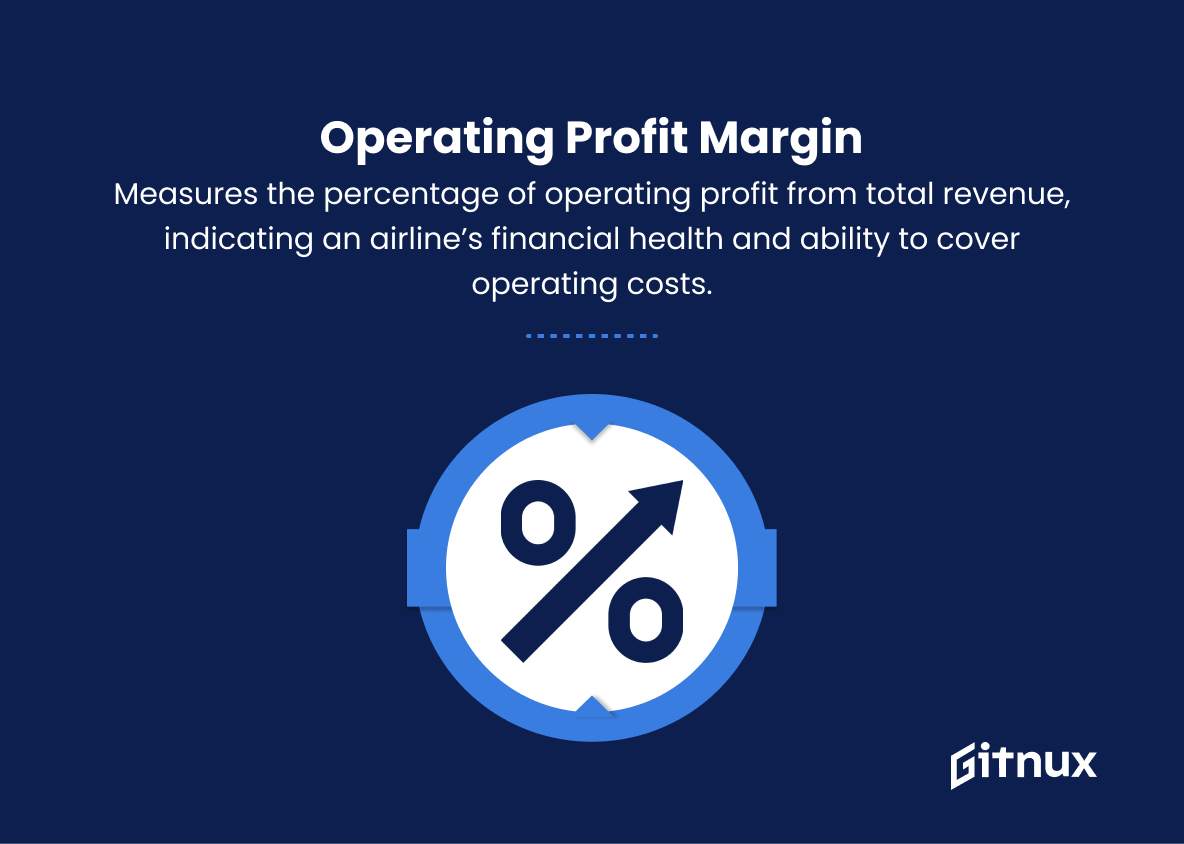In today’s fast-paced world, the aviation industry plays a crucial role in connecting people, businesses, and economies on a global scale. With the constant growth and evolving nature of this sector, it has become increasingly important to understand and analyze the underlying factors that drive airline performance, efficiency, and growth. In this insightful blog post, we will delve deep into the world of airline metrics, shedding light on the key performance indicators, benchmarks, and strategies used by industry professionals to measure success, and ultimately ensure seamless travel experiences for passengers worldwide. Join us as we navigate through the data-driven landscape of airline operations, empowering you with the knowledge necessary to make more informed decisions in this ever-changing industry.
Airline Metrics You Should Know
1. Revenue Passenger Kilometer (RPK)
A measure of passenger traffic, calculated by multiplying the number of passengers by the distance they travel in kilometers. It’s a key metric indicating airline demand growth.
2. Available Seat Kilometers (ASK)
Represents an airline’s passenger carrying capacity by multiplying the number of available seats by the distance flown in kilometers. A higher ASK indicates higher capacity.
3. Passenger Load Factor (PLF)
Measures the percentage of available seats that are filled with passengers. Higher PLF indicates better utilization of an airline’s capacity and operational efficiency.
4. Revenue per Available Seat Kilometer (RASK)
A measure of unit revenue to assess an airline’s ability to generate income from available seats. High RASK indicates better revenue management and pricing strategy.
5. Cost per Available Seat Kilometer (CASK)
A measure of unit cost, calculated by dividing operating expenses by available seat kilometers. Lower CASK indicates better overall cost efficiency.
6. On-Time Performance (OTP)
Measures the percentage of flights arriving or departing on schedule. High OTP indicates better punctuality and customer satisfaction.
7. Flight Cancellation Rate
Represents the percentage of flights that were canceled out of the total number of flights scheduled. Lower cancellation rates indicate better operational performance and reliability.
8. Passenger Revenue
Represents the total revenue generated from ticket sales. Higher passenger revenue indicates increasing demand and better profitability.
9. Ancillary Revenue
Represents revenue from services and products that are not directly included in the airfare, such as baggage fees, in-flight purchases, and reservation changes. Higher ancillary revenue indicates successful monetization of additional services.
10. Operating Profit Margin
Measures the percentage of operating profit from total revenue, indicating an airline’s financial health and ability to cover operating costs.
11. Net Profit Margin
Represents the percentage of net profit from total revenue, indicating an airline’s overall profitability after accounting for all costs, taxes, and financial activities.
12. Employee Productivity
Measures the output or revenue generated per employee, indicating the efficiency and effectiveness of staff in producing revenue.
13. Breakeven Load Factor
Represents the minimum load factor, expressed as a percentage, that an airline must achieve to cover its operating costs. Lower breakeven load factors indicate a better ability to withstand low demand.
14. Fleet Utilization
Measures the average number of hours an airline’s aircraft are in operation (flying or taxiing) each day. Higher utilization rates indicate better management of the fleet and efficient usage of resources.
15. Average Stage Length
Measures the average distance, in kilometers, traveled by an aircraft per flight leg. It is a useful metric for comparing operations among different airlines based on route networks and aircraft type.
Airline Metrics Explained
Airline metrics are crucial indicators of an airline’s performance, efficiency, and profitability. Revenue Passenger Kilometer (RPK) and Available Seat Kilometers (ASK) provide insight into demand growth and carrying capacity, while Passenger Load Factor (PLF) and Revenue per Available Seat Kilometer (RASK) measure the effectiveness of capacity utilization and revenue generation. Cost per Available Seat Kilometer (CASK) reveals cost efficiency, while On-Time Performance (OTP) and Flight Cancellation Rate offer a glimpse into punctuality and reliability. Passenger and ancillary revenues demonstrate an airline’s ability to capitalize on demand and extra services, while operating and net profit margins provide indications of financial health.
Employee productivity, breakeven load factor, fleet utilization, and average stage length all contribute to an understanding of how efficiently an airline is operating and managing its resources, ultimately impacting overall performance and success in the industry.
Conclusion
In conclusion, the complexity of airline metrics should not be underestimated. Analyzing and understanding these metrics is essential not only for the sustainable growth of the airlines and enhancing operational efficiency, but also for improving the overall travel experience of passengers. While there are numerous key performance indicators (KPIs) present in the industry, focusing on the most relevant ones – such as on-time performance, load factor, and availability – can drive better decision-making and optimization strategies. It is crucial for airline professionals to stay updated with the evolving data analysis techniques and stay ahead of the curve to ensure the success of their businesses. Remember, the future of the aviation industry heavily relies on the intelligent management of these metrics.
















